
Designed by macrovector / Freepik
Most of us spend a lot of time sitting: at work, at home, getting around in cars, buses or trains. It is now well understood that sedentary or inactive lifestyles have negative effects on our health and emotional well-being.
Community-based physical activity programs could be a fun and engaging way to exercise and socialize.
PESS teachers at the National Institute of Education (NIE) in Singapore train their students to design such a program. They designed this innovative community-based physical activity program as an example for their students. It is a fun competition event blending physical activities, navigation and multi choice questions.
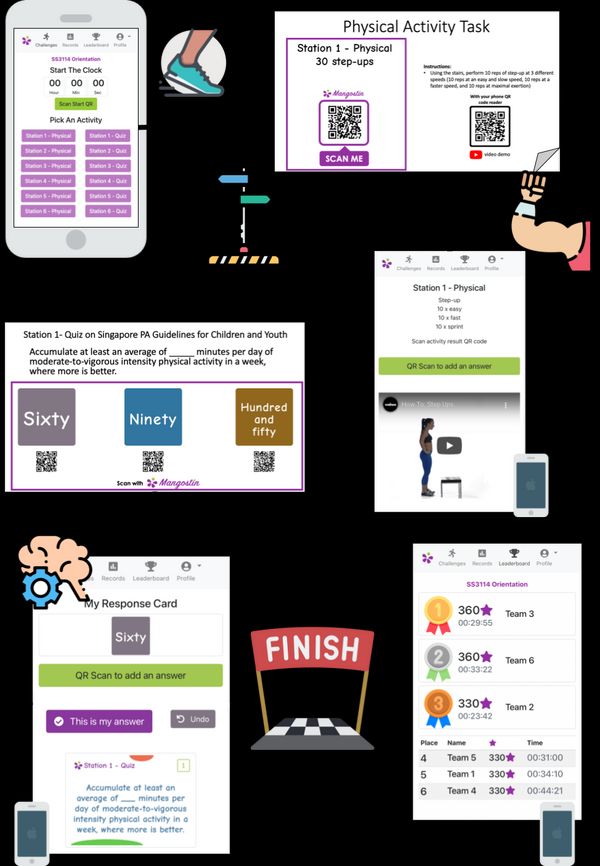
Three ingredients can help make your program a success.
Location and checkpoints
Select an outdoor and easily accessible location for your community, such as a school campus, a public park or a neighbourhood area with limited car traffic.
To adjust the level of effort for the participants, set the target for the number of steps to complete the program (e.g. 10,000 steps at slow walk pace is about 7km and 1h30 min).
Then create a few routes with 5 to 10 checkpoints meeting approximately the step target. Put the checkpoints as pins on a map or as photos of a known location (e.g. library entrance).
Participants use their navigational skill to locate and commute between the checkpoints.
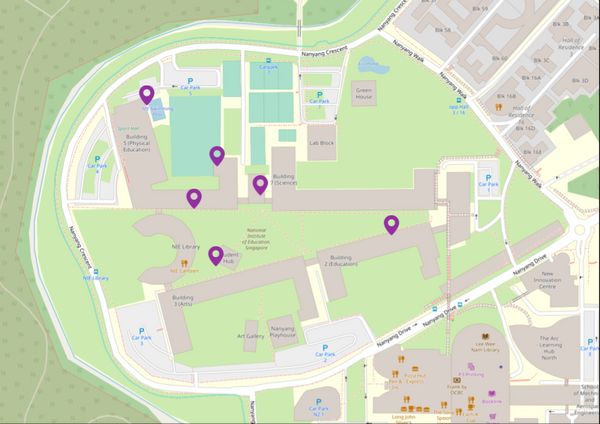
Teachers at NIE ran the program on the school campus with six checkpoints (eg: Swimming pool, book store, lecture theatre, biomechanics lab, ...).
Cognitive and physical tasks
At each checkpoint, participants can answer a question and perform a task based on a skill. As an organizer, selecting a common theme for the questions and tasks creates a more attractive experience.
NIE selected the theme "Physical Activity Guidelines for Children and Youth". Participants needed to answer questions about these guidelines and complete physical activity exercises (e.g: 30 step-ups, 20 push-ups, 10 burpees, ...).
Below is an example of the activities to be completed at the first checkpoint.
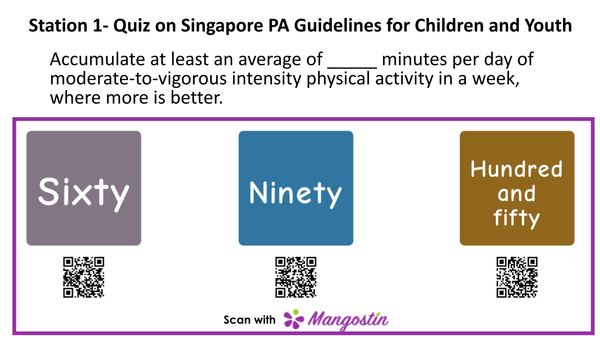
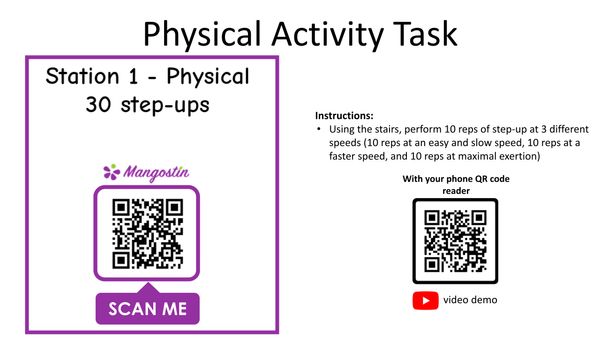
Teams and leaderboard
Create small teams to help participants to better connect. An easily accessible leaderboard (e.g. posted on Facebook) creates a friendly competition spirit and keeps the motivation up.
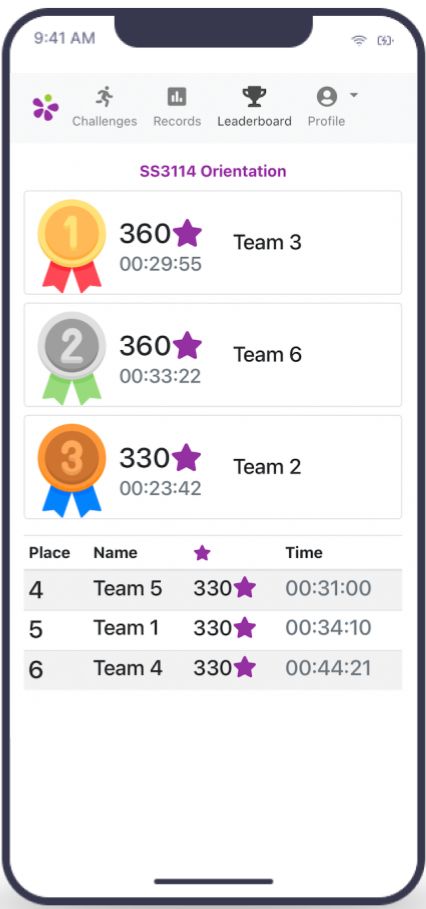
After the first event, you can create the next one by shifting the checkpoints, and changing the theme. An overall leaderboard showing results across several events is an option to keep the community engaged.
